Recently, a student contacted me. She’s doing research “that explores the different sects found within in Christianity as well as my own personal endeavor to understand how one builds a relationship with God.”
She asked me four questions. Below are my brief meditations on her questions about what it might mean to live in relationship with God.
1. How would you describe your experience/relationship with God?
Deep. Wide. Vast. Unceasing. Like a deep, subterranean river flowing always at the core of my being. Of course, I talk with God, but the relationship goes beyond words. God is nearer than the beating of my heart, close as my next breath. God is the Beloved, the Source, Substance, and Goal of All that is. I behold the Divine splendor in every blessed thing—each face, each sound, every flower, bird, and stone. In the taste of wine. In the breeze blowing on the surface of my face. St. Ireneaus once said, "The glory of God is a human being fully alive." My aliveness is my experience of union with the Beloved.
2. Describe the moment in which you took control of your relationship with God?
“Took control” is an odd way of putting things when it comes to God. One can never take control any more than one can hold back the crashing of an ocean wave or move the stars. But I have taken responsibility for my relationship—that is, I have awakened. But there is no single moment I can point to. There’s the moment as a 14 year old when I realized there was something greater in the universe that all I see and feel. There’s the moment when Jesus became more than a name for me. There’s the moment I thought I was wise and understood God because I had become a professional theologian. There’s the moment I realized how silly that presumption was. And there’s the moment each day when I yield again the the unseen Presence and allow myself to grow in my awareness of my essential union with that Presence who is both Awe and Delight.
3. How did you go about taking control of that relationship and what was that like for you?
When in prayer, I grow still. I become aware of the fire within me, my aliveness, the energy that shimmers in every atom. I slip into the Mystery of the Divine and my union with God. The Christian tradition describes this as “God in Christ and Christ us.” And when I’m in conversation with another, I practice being present; I practice a “deep looking” into their eyes and I behold the presence of the Divine. I realize that there’s no other moment, there’s only this now. And I realize I am alive. Here. Now. Nowhere else. We spend so much time living in our heads—north of the neck—but never really present here, now, in these bodies of ours. I can’t meet God in my thoughts. God is not abstracted into some doctrine. Doctrine, ritual are all derivative—they find their source and goal in the encounter with that which cannot be described or controlled. So, whenever I draw myself into the moment, when I'm present fully, I am with and in God.
4. What do you consider most important when understanding God?
That I can't understand God. And I’m so grateful for that. God is infinitely beyond. God is expanding always, along with the always expanding universe. And yet, God is dynamically present, down and in all things. So, God is both transcendent and immanent. Unfortunately the vastness of God, the transcendence of God often takes over in human imagination. And for much of history, this view of God-as-up-and-out has dominated human civilization (especially in the West) and kept people from experiencing the tender presence of the Divine that runs through all creation. Kings, and anyone in power, have promoted the transcendence of God because it justifies hierarchy, and hierarchical structures keep much of society in tiers of oppression and suffering. But God is not separate from nature. God is in and through it. God is. I am. And I am of God. God is everywhere. Up. Down. In. Out. Therefore, all things, all people have a God-breathed dignity that cannot be taken from them. This, I think, is the answer to so much that divides and wounds us on this planet. I recently wrote a poem that reflects this. It's a form of the historic Christian Sanctus that's chanted during the Eucharist or Holy Communion. I sing it myself each morning as I enter prayer and contemplation. It expresses what it means to experience God.
Holy, holy, you are holy;
Lord, your grandeur knows no end,
Yet in humbleness you’re tender,
holding every infant’s hand.
Holy, holy, we are holy,
vessels of the Luminous;
bless the Christ who helps us see the
light that dwells in all of us.
Holy, holy, all is holy,
nothing sep’rate from your love.
Help us to behold your splendor,
filling all—below, above.



